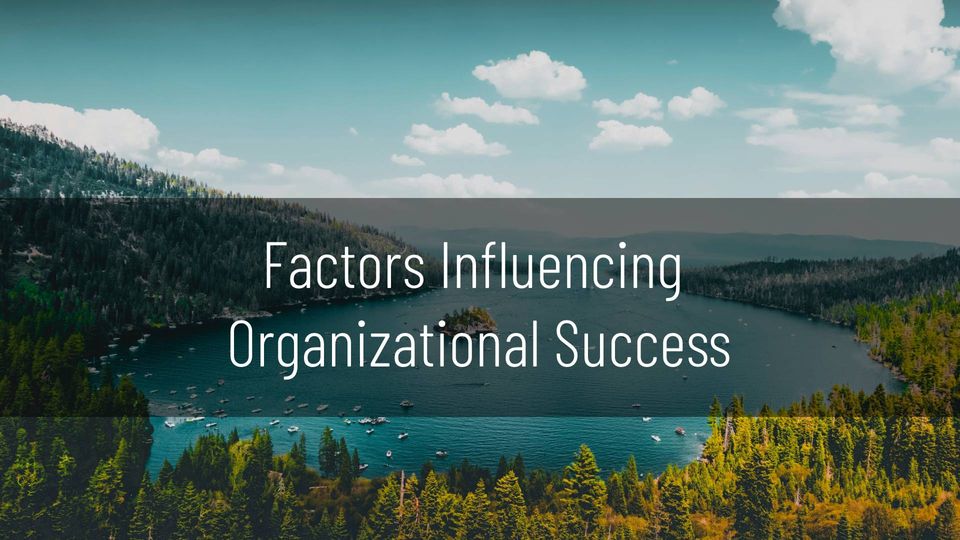Intro
Most of us work together with other people trying to achieve success but what are factors that influence us on that path, that help us or hinder us? What can we measure our organization against to help us know if we are on the right track?
Communication, Structure
Conway's Law
This theory/law says that systems reflect the communication structure. This means that if we want to improve the systems output we need improve the communication structure and flow in our organization.
Dunbar's Number
This number is the approx. limit to the amount of people we can have a connection with. It's about 150. That doesn't mean we can have meaningful relationships with all of the 150 but we can with an inner circle of about five people.
Dealing With Change
Agile Manifesto
The agile manifesto is a set of principles/recommendations that help us produce value for the customer and better software faster by improving our ability to respond to change. It is based on decades of experience of well-known software engineers and scientists.
Innovator’s Dilemma
This is a book by Clayton Christensen. This dilemma is about inflection points on a companies journey where the company, if it wants to keep and grow their market share and does not want to fail, has to reinvent itself at certain points.
Gall's Law
This law, by John Gall, tells us that we cannot build complex systems from scratch. Rather, complex systems always start simple and move towards bigger and more complex systems incrementally.
Dealing With Complexity
Coupling
Coupling is a measure of how tightly coupled different parts of the system are. Coupling makes sense for some parts but can be dangerous and hinder productivity significantly if the wrong parts are coupled.
Cohesion
Cohesion is a measure of how broad or narrow an individual part of the system is from the perspective of its behavior i.e. is it focused around one task (high cohesion) or is it "all over the place" (low cohesion). Low cohesion eventually leads chaos and hinders productivity significantly.
Miller's Magic Number
One of the most cited psychology papers by George Miller seems to suggest that on average, we are able to hold, more or less, 7 objects in working memory or in other words, there is a limit to our cognitive capacity.
Cognitive Load
We spend far more time reading and understanding a system than performing work on it. Therefore, the amount of cognitive load required to understand a system is a crucial metric.
Cynefin Framework
A vast amount of factors in our environment influence us in ways that are exceedingly difficult to grasp. The Cynefin framework helps us make sense of our environment and thereby allow us to make better decisions.
Making Decisions
Theory of Constraints
A chain can never be stronger than its weakest link. This theory helps us find and deal with the weakest links i.e. bottlenecks in our process.
Lean Thinking
This is a way of thinking focused on the customer. What will increase the value for the customer and how to achieve it with the least amount of waste?
Contingency Theory
We all wish there was one sure recipe for success but from experience we know that this is not the case. Contingency theory tells us that there is no "best way" of organization, decision making etc. instead it depends on our current context.
Power Law
One simple example of this is the 80/20 rule (Pareto Principle). This principle says that approx. 20% of effort can result in 80% of output i.e. by prioritizing what really matters you will get a much higher output compared to working on tasks that matter less. But the power law is a very general phenomena that occurs seemingly everywhere.
Heilmeier Catechism
Actions and projects might deliver high rewards but also carry risk. "Heilmeier Catechism" is a set of questions that might help us understand the risk better and if it's worth taking.
Goodhart's Law
"Any observed statistical regularity will tend to collapse once pressure is placed upon it for control purposes.". This tells us that we cannot simply observe a metric, apply pressure on it and expect for things to get better. Instead we should probably gather a wider perspective.



